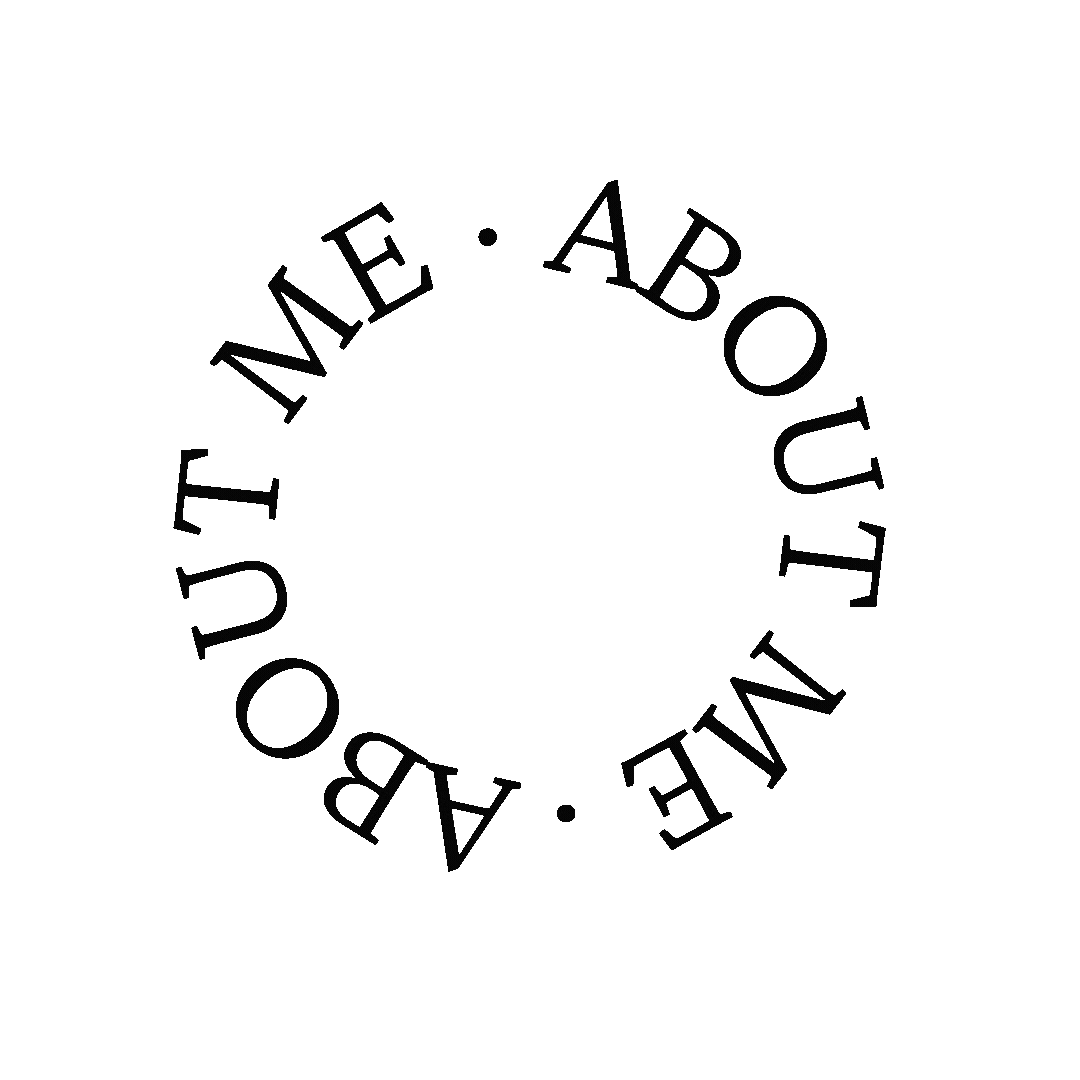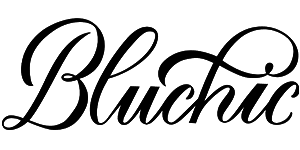As any blogger will tell you, many things go into making a blog successful. One of the most important and often overlooked elements is your blog’s homepage. The homepage sets the theme and tone of your blog, and it’s the first place visitors will likely go when they get to your blog. That’s why it’s so important that it’s both functional and aesthetically pleasing.
As any blogger knows, a blog homepage design is key. It’s the first page your visitors see when they land on your site. It helps them determine which posts are most relevant to them. It also shows them what your site is about and tells them what content they should explore. In fact, your blog homepage should be designed with your readers in mind.

Table of Contents
- The Purpose of a Blog Homepage
- Why the Default Blog Homepage Sucks
- How to Design a Homepage for Your Blog?
- What Should You Put On The Homepage Of Your Blog?
- 1. Header
- 2. Logo
- 3. Navigation Menus
- 4. Share What Your Blog is About
- 5. Social Proof
- 6. Email Signup Form
- 7. Call to Action
- 8. Recent Blog Posts
- 9. Footer
The Purpose of a Blog Homepage
A blog homepage is the first page a visitor sees when they arrive at your blog. It’s important to make a good impression with your homepage, as it will determine whether or not the visitor will stay on your site.
Your homepage should be a landing page that encourages visitors to sign up for your email list. You can also use a page builder to create a custom homepage that showcases some of your best content. Whatever you do, make sure you keep the user experience in mind.
Why the Default Blog Homepage Sucks
The default blog homepage sucks because it’s not designed to be a blog homepage. It’s just a regular homepage with some blog posts on it. When you’re making a homepage for your website. You want it to include all the important design elements your visitors can see straight away. Provide quality content an a quick summary of what your website is all about.
How to Design a Homepage for Your Blog?
The first thing you need to do is choose a theme for your blog. You can find tons of premium WordPress templates, many of these themes already has a content homepage that you can simply adapt to your own niche. Once you have chosen your theme, you need to install it on your WordPress dashboard. Next, you need to choose a layout for your homepage.
A good layout will include a header, a sidebar, and a main content area. You can either create your own layout, or use a pre-made layout. Once you have chosen your layout, you need to implement it on your server. Finally, you need to add content to your homepage. This can include text, images, or both. If you are thinking of designing your own, use WordPress page builders like DIVI to make it easier. Once you have added your content, you need to save your changes and publish your homepage.
What Should You Put On The Homepage Of Your Blog?
There are a few important elements that you should put on you blog’s homepage. Let’s break it down for you.
1. Header
A catchy blog header is important to have on your WordPress site. You can make use of WordPress plugins like Simple banner that you can add on your site to draw attention to your header. It’s more important to have a CTA than a simple banner. Keep in mind that this will display above your blog’s main navigation and will most likely be the first thing your visitor’s see when they land on your blog.
2. Logo
A logo is a graphical element that, together with its logotype (a uniquely set and arranged typeface) form a trademark or commercial brand. Your logo is not just a simple symbol; it conveys the message of your company, product or service to your target audience. In web design, a logo usually resides in the top left corner of your homepage, making it one of the first things a visitor’s eyes will see when they come to your website. Creating a strong and recognisable logo brand identity for your website is essential to building trust and credibility with your visitors. If design is not your thing, use Canva logo maker to help you create a logo for your blog page.
3. Navigation Menus
Adding a navigation menu is a great way to help your readers find the most popular content on your blog. By including clear navigation, you can avoid clutter and make it easy for your readers to find what they’re looking for. Be sure to include menu items that are relevant to your blog’s content and place them in a location that is easy to find.
4. Share What Your Blog is About
If you’re looking to start a blog, one of the first things you need to do is decide what your blog is going to be about. This can be anything that interests you – from fashion to food, travel to tech. Once you’ve decided on your topic, it’s time to start creating content.
One of the best ways to create content that is easy to read and straight to the point is by adding social media buttons to your blog. This will allow readers to share your content with their followers, and it will also help you get more traffic to your site. Many bloggers also use signup forms on their homepage, so that readers can subscribe to their RSS feed or email list.
If you’re doing something unique with your blog, such as writing long-form articles or creating video content, then you’re sure to stand out from the crowd. Keep up the good work, and soon you’ll have a successful blog that people love reading!
5. Social Proof
Social proof is a valuable tool to help increase the credibility of your website. Try to follow the lead of other websites in your industry and make your homepage full of high-quality content. This will show visitors that you are a trusted source of information and can help you convert more leads into customers. Client testimonials are another great way to build social proof and should be included on your website if possible.
6. Email Signup Form
If you want to attract more email subscribers, it’s really important to showcase a signup form prominently on your blog’s homepage. Putting the form front and center makes it easy for visitors to find and sign up, which is why it’s such a powerful tool for growing your list.
If you’re not sure how to create a signup form that converts, take a look at our guide. It covers everything from designing an effective CTA to choosing the right fields to include. following these best practices will help you create a better signup form that will help you grow your list more quickly.
Related Post: 5 Must Have Blogging Tools Every Blogger Needs
7. Call to Action
One of the most important content on the homepage should be a call-to-action. If you have a lot of content on your website, it is important to include a clear call to action for your visitors. This is especially true for new visitors, you want it easy to spot to guide your blog visitors. You want to give them different options for how they can interact with your site. A call to action could be something as simple as asking them to sign up for your newsletter or download a white paper.
8. Recent Blog Posts
If you want to display your most recent blog posts on your blog’s homepage, you can use a widget to find the information and display it in a list. You can also include affiliate links in your blog posts to earn commission from sales.
9. Footer
The footer of a website is the area at the bottom of the page that typically contains copyright information and links to other pages on the site. The header is the area at the top of the page that usually contains the logo and navigation. The homepage is the main page of a website. Social proof is when people see others taking an action and they are more likely to do it themselves.
In conclusion, it’s vital that your blog has a captivating, attention-grabbing homepage. With proper planning, you can craft a homepage in WordPress that makes it easy for visitors to understand your blog’s purpose and to navigate through your site.


















I have all of this! I actually need to re-write my about me. I keep putting it off.
Jennifer
Curated by Jennifer
I’ll tell you what I think is most important, being able to easily and quickly see or click to the most recent posts. It’s frustrating when there’s no dates, it’s all categories and sliders and you’re not sure where to go!
Corinne x